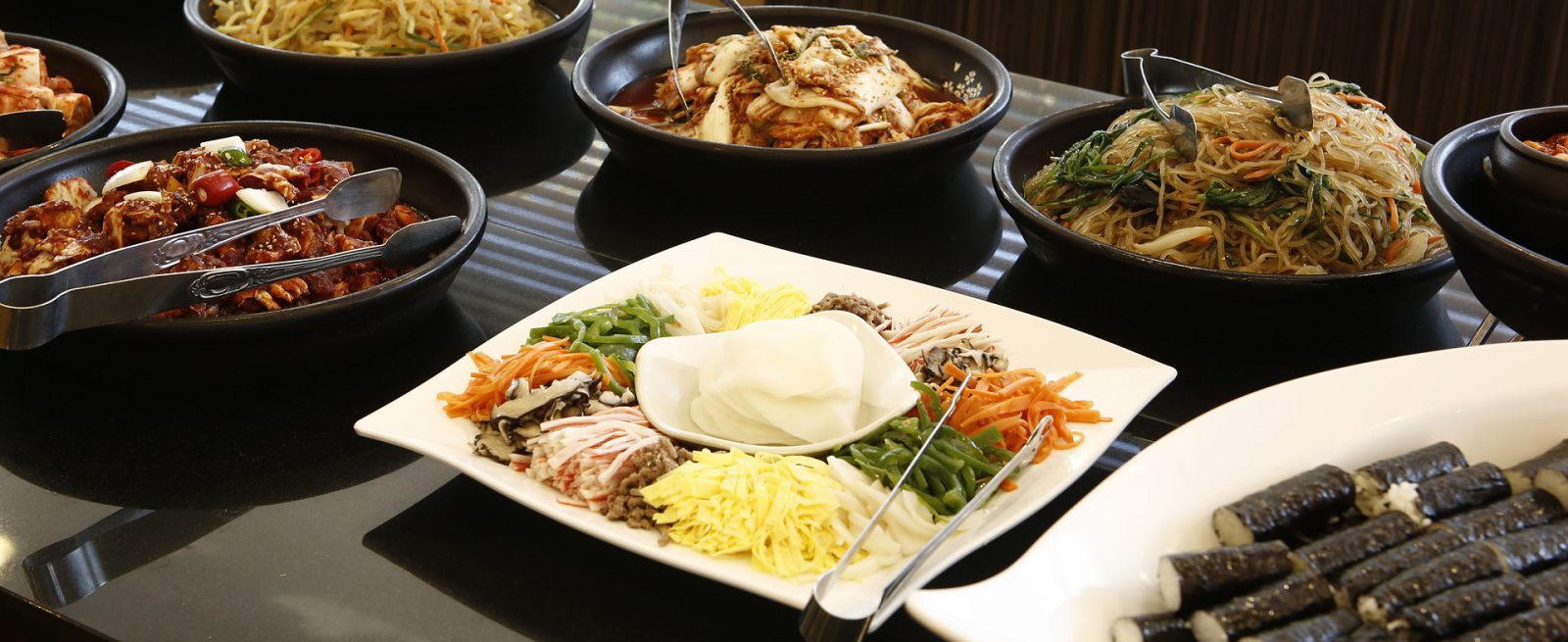Stop Throwing Away Profit: Reducing Food Waste
3 Min Read By Ryan Mack
There is nothing worse than throwing food away, whether you feel it in your wallet or in the deeply uncomfortable sensation that accompanies preventable waste, it just never sits well. There isn’t one surefire way to guarantee your inventory doesn’t spoil before it’s used, but by using a combination of the following practices you can reduce waste and increase your profit margin. Here are seven tips to reduce food waste.
Buying Too Much Fresh
Fresh is best, when it comes to flavor, but overbuying can mean dumping at the end of the day. An accurate average of how much fresh food you need for the day is essential to not throwing away food. A good operations software package will see that you do not order too much or too little.
Inspection of the Food
Don’t be afraid to make your delivery driver wait while you/your staff performs a thorough inspection of the delivered product. Your vendors may be reputable, but at the end of the day, you’re the expert on what you can serve and what you will. The obvious checks are expiration dates and visible damage or bruising. The less obvious is the ripeness of your produce and checking whether perishables have been held at the correct temperature for the entirety of its journey. If your order of tomatoes looks perfectly ripe for today, but won’t last until your next delivery, send them back. If the cardboard box containing your meat for the week looks like it could write a dissertation on climate change, send it back. When it comes to inspecting your inventory deliveries, your best judgment is your best friend.
Store Produce Correctly
When your inventory is delivered it’s packaged in a way that keeps it safe on the long trek to your restaurant, but that’s not necessarily the best to help retain its freshness and quality. Temperature, containers, and designated areas, are all areas to be addressed when the produce crosses your path. Educating your staff on what the best temperature for various meats are, on where you should store the veggies, and what food box or packaging will suit which ingredients, are all money saving must-do’s.
Refrigerator and Freezer Temperature Checks
Any vessel that is linked to an electric current has the potential to waiver on its duties, and may not be holding the temperature that is correct for the produce within. On the flip-side, if a fridge or freezer is too cold, it can also damage the contents. Having your fridge and freezer inspected regularly can prolong the shelf life of your food, as well as its quality. To reduce temperature variance in your coolers, hot items should be pre-cooled before being stored. You can use a cooling paddle, ice bath or chill blaster. This way the food will stay fresher for longer.
Label, Label, Label
Every item that passes through your doors should be immediately labeled with the following criteria:
- What it is
- The date received
- The potential expiry date
The FIFO (first in first out) rule is an oldie but a goodie, there is no better system for pulling ingredients.
Be Creative
When you see that a certain food is nearing its use-by date, and it isn’t used much on your menu, create a special and have your chef conjure up a lip-smacking delight for that night.
Log Systems
Monitoring your food and volume is a great way of knowing just how much you’re using and allows you to see the trends that can help you manage your food intake better. Log System software programs are essential for pinpointing those small patterns that add up to big savings.
More than 1.3 billion tons of food is wasted on a global basis every year. If you can reduce waste, however small the amount seems, it still makes a difference. Do some diving into what’s being thrown in your dumpster and why, your pocket and the planet will thank you.


